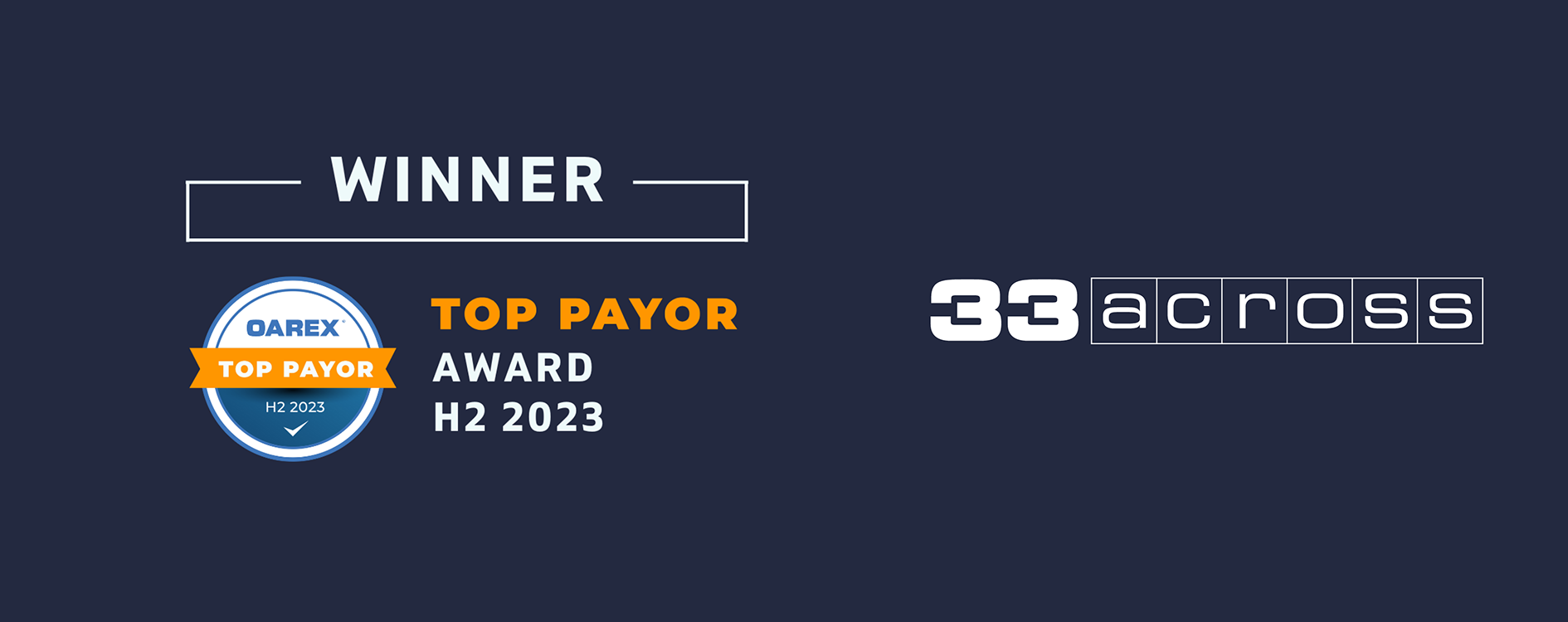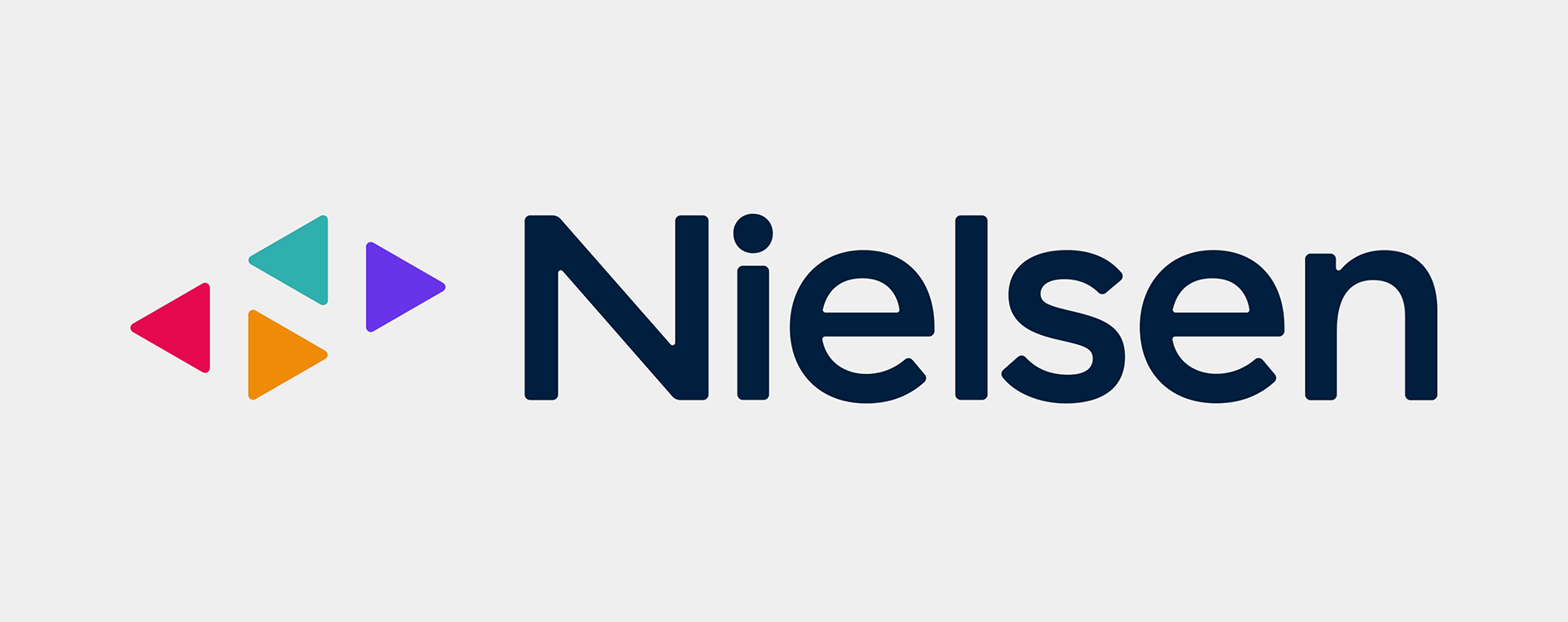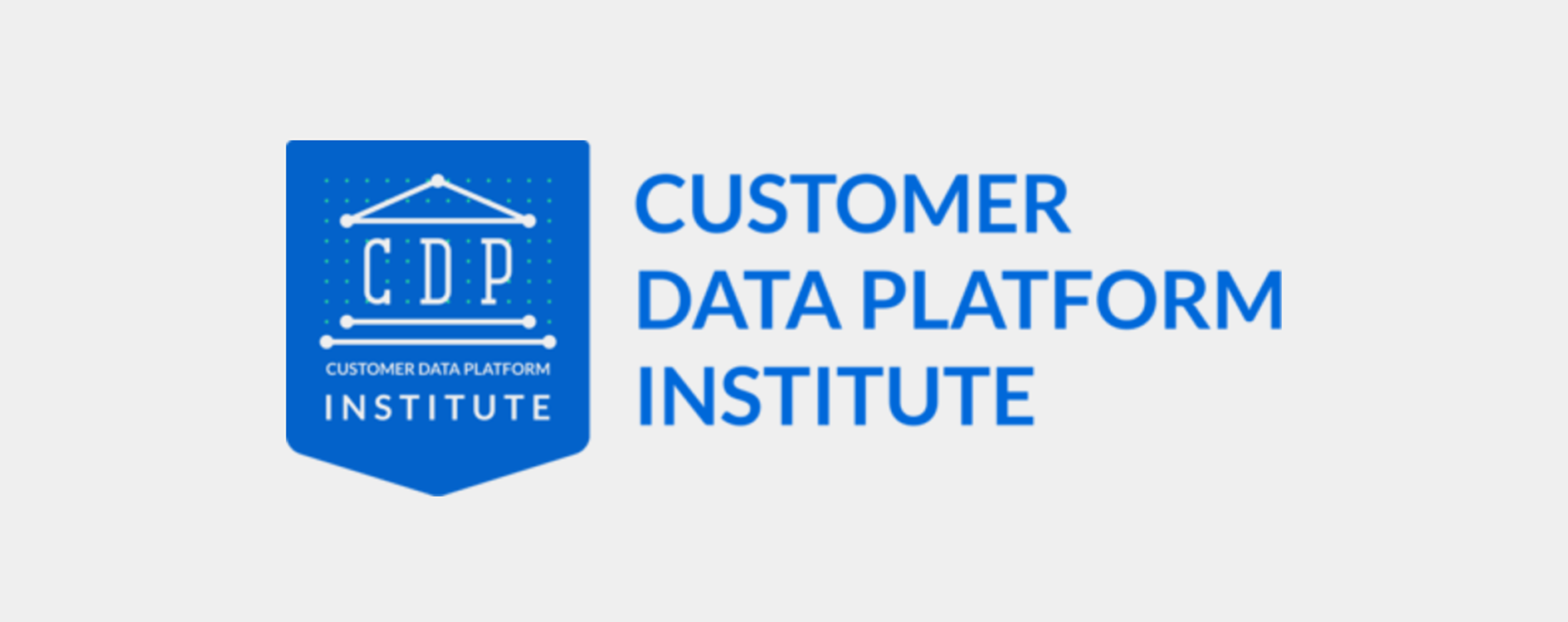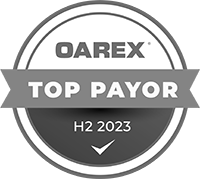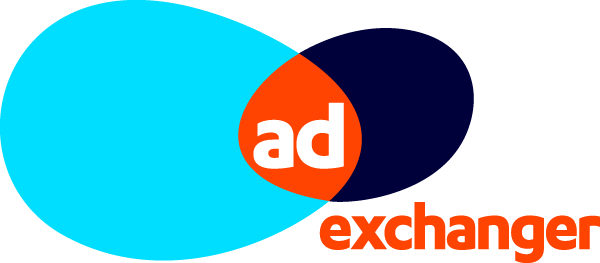
We’ve all had to take a huge pause in common everyday functions of life during this coronavirus pandemic: How we live and work. How our kids learn. How we connect with customers. How we stay safe and live together in isolation. All. The. Time.
Pausing, catching a breath and taking time to reflect is always a good practice. But this is much different. For the first time in more than a generation, the entire world has hit pause on many aspects of life simultaneously. With this pause, we’ve been forced to rethink our safety, the safety of others and what we value most.
And then months into pandemic life, the US halted again: Another unjust death of a Black man, this time by the Minneapolis police, rekindled anger and outrage. A large movement grew for social justice and awareness of systematic racism. What seemed like real progress occurred, until we saw the social divide. Hate speech, conspiracy theories and images of violence spewed forth on social media.
As Americans, we’ve unfortunately been down this road before, but with social media and the constant news cycle it seemed amplified and larger than life. Facebook and Twitter erupted like fuel on fire.
Once again, Facebook’s failure to moderate hate speech and its ongoing refusal to limit the platform’s ability to accelerate false information led brands to pull Facebook and other social media budgets. What’s different this time is as we all paused together, many Americans and leading brands realized that we can vote with our time and dollars, which may be better spent elsewhere.
Given the times of questioning everything, one has to ask, “Is this a show of solidarity, an example of performative activism, or the real deal?”
Today’s CMOs know the value of every component in their media budget and track the potential impact of dropping a channel. The CMOs of large brands have already calculated that the absence of social media advertising will most likely not hurt their bottom line, and the PR from participating in the social media boycott will offset any short-term decline in branding metrics. I’d wager that a brand’s message would resonate more within content made by highly regarded journalists and editorial teams than jammed into an unmoderated social media feed in the company of potentially hateful and false content.
For the direct-to-consumer (DTC) and smaller brands that use social media as their main advertising channel, pulling from Facebook and Instagram will hurt. At the same time, I’ve heard from many that Facebook has increased its advertising costs dramatically in the past two years, making it less and less effective to acquire new customers via social media.
Similar to lessons that publishers learned from an overreliance on Facebook and Google, DTC companies have started looking outside of social media to diversify their audiences and drive customer acquisition. This may be the push that’s needed for DTCs to take a hard look beyond social to discover new opportunities to reach and acquire customers. This pause will likely change future social buying behavior.
So, as we all reflect on the great pause of 2020, the question for all of us is, what are we going to do differently? In how we work, live and spend our time? How will we inspect the implicit biases that pervade our industry, our buying practices, our diversity (or lack thereof) and the country overall?
The benefit of everyone pausing at the same time is that we’re all doing this together. The question going forward is, will we move forward together and start to realize the power we have in unison as one national community?
And a side benefit of the great pause may be the big shift where we collectively decide to spend our time and advertising dollars with companies that value us and our business.
